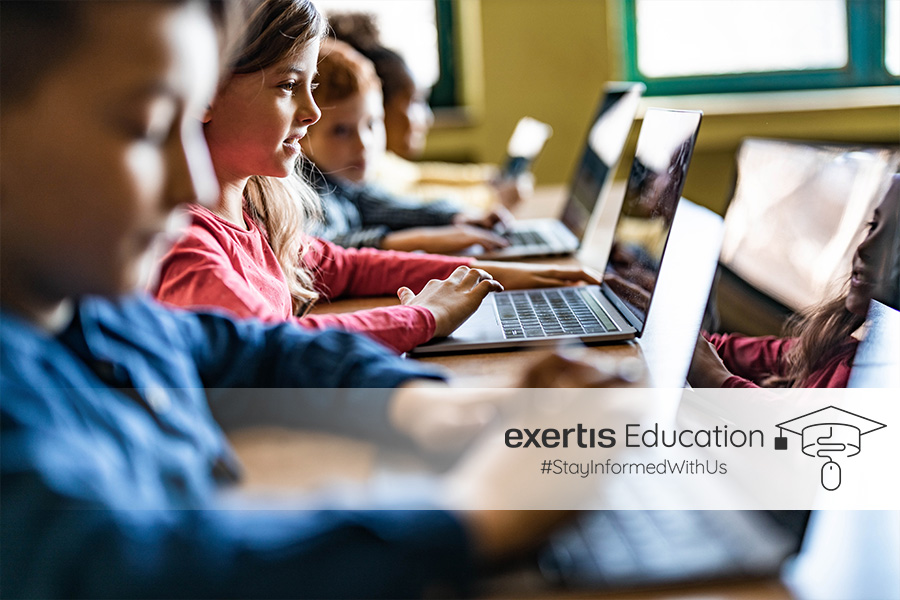What is the future of education technology? Is EdTech already more than just the next big thing? Are we now defining the Edtech world of the future? What’s new in EdTech right now?
We look at the answers to these questions and the latest trends in education technology, the affect that Covid has had on EdTech, and what the future of EdTech might look like.
Current 2021 trends in education technology
EdTech, aka educational technology, is the hardware and software designed to enhance learning in classrooms and at home. In the last couple of years, it has innovated and evolved to meet the changing needs of students and teachers, as they adapted to an unprecedented global situation.
Future trends will likely include new advanced technology such as Head Mounted Devices (HMD), Virtual Reality (VR), and Augmented Reality (AR). But the trends that have the biggest impact on everyday learning in 2021, focus on enhancing current learning environments in the digital space.
Here’s some of the exciting numbers around EdTech:
- 65% of teachers say they use digital learning tools on a daily basis
- 78% of students find eBooks to be more effective than traditional paper books
- 97% of students would like to enrol in a VR course
- 85% of teachers see great value in using digital learning tools in the classroom in the future
- The total value of AR in education will be approximately $5.3 billion by 2023
- The US has the highest rate of laptop usage in classrooms – 71% of students
- 90% of UK educators agree that teaching and technology will soon be seamlessly combined
The effect of Covid on education technology
Covid has had a huge impact on the evolution of education technology and digital learning, both in the classroom and the home. And it is likely that these changes will remain beyond the pandemic, with many educators now embracing technology and creating more hybrid learning environments.
The big shift to virtual learning seen during Covid has shone the light on the need to adapt to more digital learning to meet changes in student needs. Schools and educators need to be prepared for all types of learning, with the right technology solutions ready to go in short notice.
EdTech trends that are shaping the future of digital learning
Hybrid learning
Hybrid learning is a combination of face-to-face and online instruction. It requires a strong EdTech solution to work, as students have more ownership and control over their learning. Students needs the ability to collaborate, share, and access all the resources they need.
Although the idea of hybrid learning isn’t new, the wide scale use of it by teachers is shaping how people learn. Educators can now use face-to-face time to clarify, support, and advise, whilst students use the class time to interact and learn from each other.
Asynchronous teaching
This is a form of self-guided learning that allows the student to arrange their own schedule. Even as high as university level, students are used to joining lectures on time, and attending seminars on a set date with other students.
But advancements in EdTech has allowed students the freedom to access lectures, readings, and join discussions in their own time. This trend is likely to continue after the pandemic, with more students preferring to meet deadlines in their own way and learning using the resources they want to access.
Extended reality
Extended reality is the umbrella term for technologies such as virtual reality (VR) and augmented reality (AR). It’s one of the biggest trends in EdTech because the price is dropping as popularity increases. In some cases it is saving schools money by replacing old physical equipment.
VR and AR can greatly enhance the learning experiences for students, creating immersive 3D depictions of dinosaurs, chemical elements, and the human body. With apps such as Google Expeditions, students can now even visit places such as Mount Everest and the Louvre.
eBooks
Electronics books, or eBooks, can open up reading for students beyond simply annotating notes as they go through. In fact, modern eBooks and especially e-textbooks, contain a range of multimedia and ways to interact with the material.
eBooks are a much better way to encourage interaction and collaboration between students. eBooks allow students to interact with the learning material and can be combined with other learning methods. Tablets and other reading devices are therefore becoming increasingly popular for schools.
Automation
Automation is being driven by the need for more customisation when it comes to learning. With automation, teachers can create bespoke learning packages based on a student’s progress and development. This means that certain lessons and activities can be hidden when no longer relevant.
As well as giving the teacher the ability to monitor progress more closely, automation also allows teachers to set rules and dependencies that are fully personalised to the student. And with so many options now open for software and online tools, more teachers are embracing the growing trend.
EdTech investment
The biggest growing trend that connects all of these together however is investment. EdTech is becoming so beneficial and the feedback so positive, that more schools and educational institutions are putting money into making it work for them.
Experts believe we are seeing the start of a boom in this trend, after a fairly low investment marker being set before the pandemic. The more investment that is put into EdTech the better the outcomes for everyone involved, as schools increase the effectiveness of their own virtual learning.
Our vendor solutions
We have so many great EdTech vendor solutions it was too many to fit in here. So we’ve created a buyers guide so you can see them all in one place.

